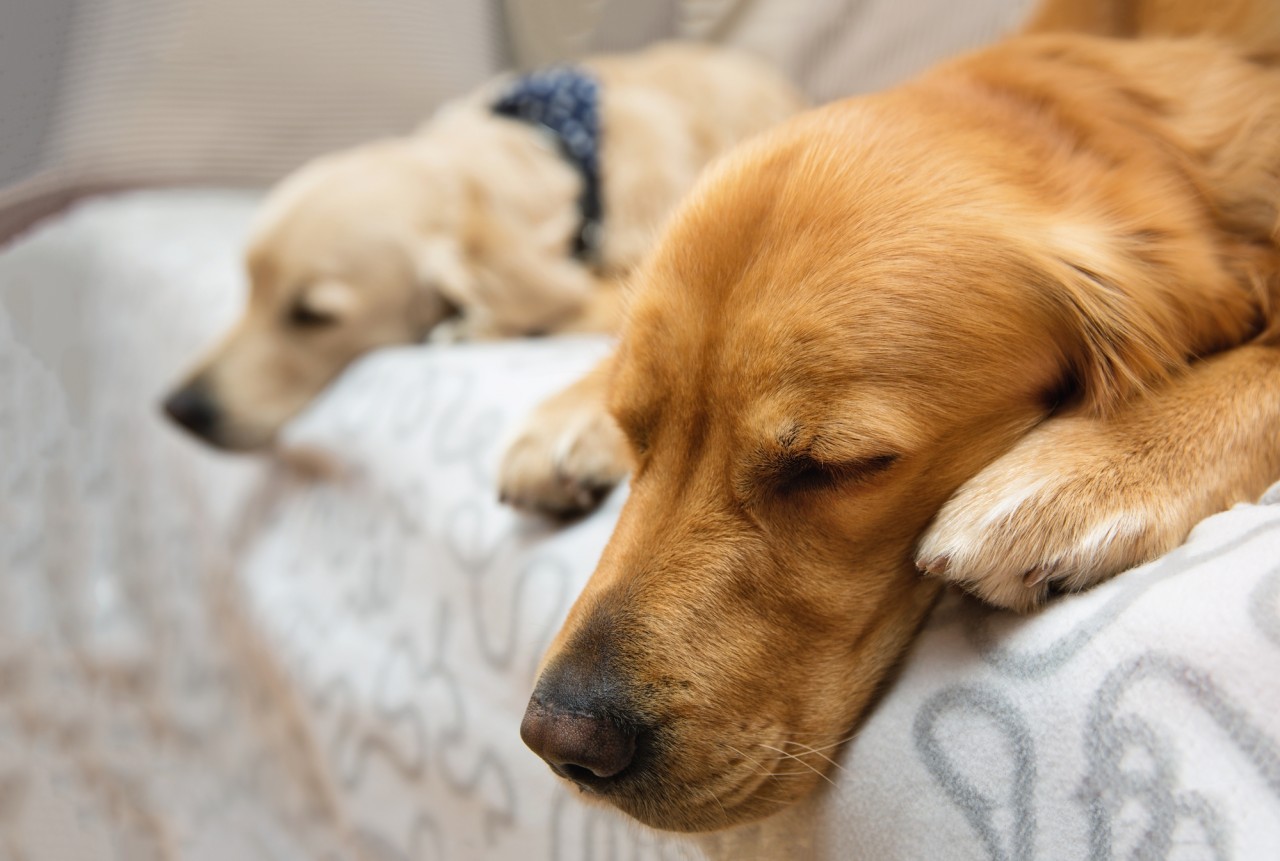Do you have a new dog or puppy? Are you struggling to find opportunities to train with them because your older dog kicks up stink? When a second dog is added to a household, things can change in unexpected ways. One of those is that training stops.
Why is that?
Usually it is because the first dog objects strongly to being 'left out' while the new addition receives attention and play/food.
This is both difficult to deal with and causes us to feel guilty. Training is no longer fun and rewarding for us so we stop doing it. Rest assured, the guilt thing is totally normal. If you've not had two dogs before it can be a bit of a shock and the dynamics certainly get turned upside down.
Why do we need one-on-one time?
If we don't make sure they both get one-on-one time and train each dog separately, they will bond much more closely to each other – we will become irrelevant and unable to control their behaviour.
Every dog deserves to be taught what is expected of them, how you want them to behave and what it means to live harmoniously within a group. This can ONLY be achieved through training. The alternative, an out of control, ill mannered, liability of a dog, results in frustration, yelling and often banishment for the dog – all because they have not been taught what is expected of them.
How train both dogs...two solutions
1. One dog at a time
Manage it by putting one dog out of sight and hearing range in a crate in another room or outside etc with something delectable – a large juicy bone or a stuffed food toy that has fantastic stuff in it. And I mean, fantastic stuff – roast meat, cat food, kibble and gravy, whatever it takes.
Keep the session short enough that the crated/contained dog will not have quite finished the goodies when you're done, so no time to fret on their own. Gradually extend the amount of time you leave the separated dog before returning.
2. Both dogs together taking turns
Have the non-training dog behind a barrier/baby gate or in a pen or crate. Start working on something really basic (offered attention is a good place to start) with the second dog.
It can help to have a strong 'station' behaviour on your current dog but it's not mandatory to begin with. However, if you want to be able to swap dogs easily it does help if one dog is voluntarily staying put on their place (bed/mat/open crate) while you work the other one. It really pays to take the time to teach this to each dog separately!
Every time the dog being trained gets a treat, so does the dog in the crate/pen/station. Either deliver the food yourself or have a helper do it for you. Do a minute or two and then swap them over. Repeat the process, swapping the dogs' roles frequently.
Build on small successes
Over a number of sessions, gradually reduce the frequency of the treats for the dog in the crate/pen/station. So, for the first few sessions you might reward both dogs every time you say "YES". Then you might reward the crated dog every second time you say "yes". Then every third time etc.
It took me about a month to teach my two dogs to relax while the other was being trained. Eventually I could have one watching calmly with only a reward here and there, and then swap them over. The opportunity to train becomes the reward for remaining calm.
Here's a video showing the steps I took to train Breezy (brown/white) to remain relaxed and happy while I worked Felix. This is a reconstruction to show the principles – When I actually did this work I was only asking Felix for attention as he was a baby and Breezy was a very appealing playmate!
Training your dogs to be be calm while another dog is receiving fun stuff also makes it far easier to teach them to be calm in exciting places. It really is a win win!
Happy training!
